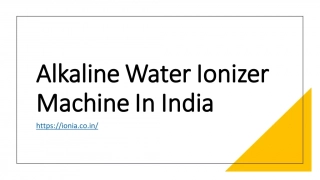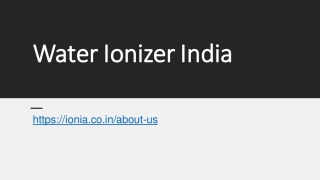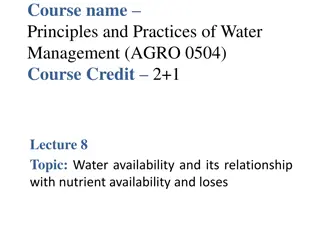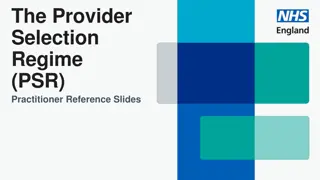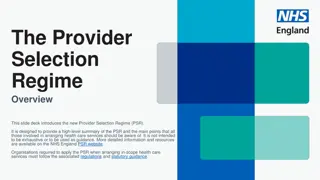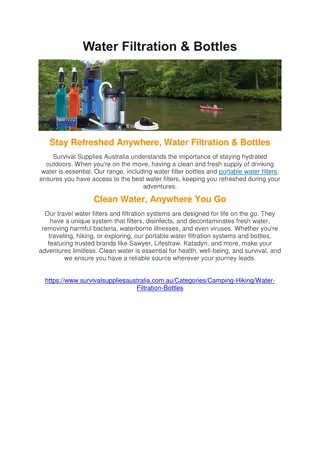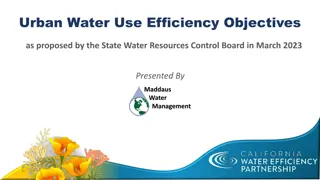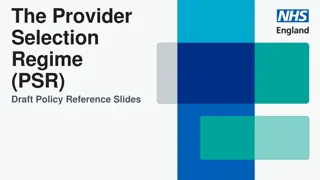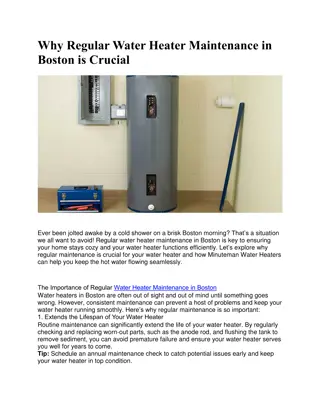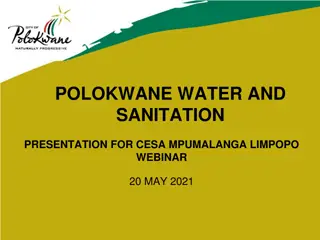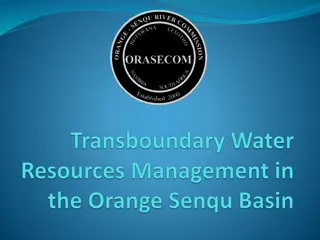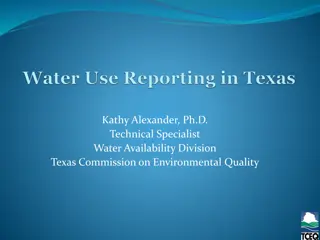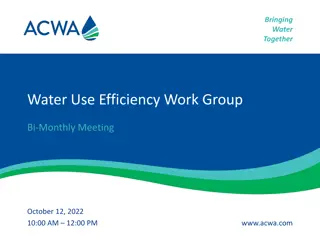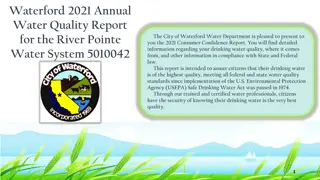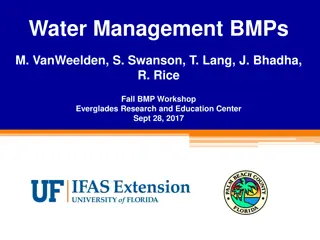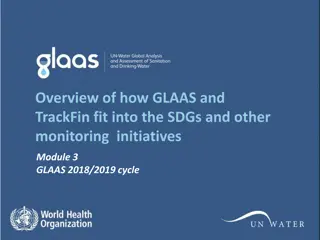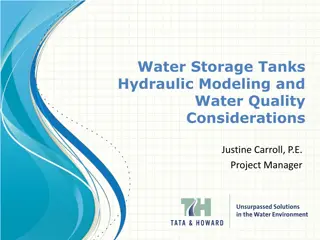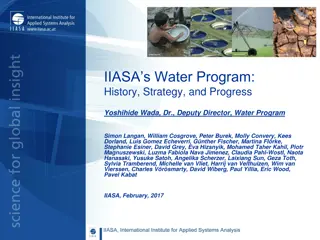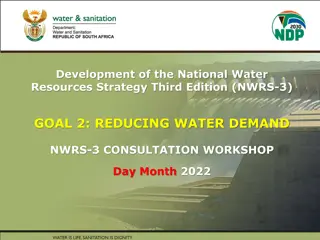
Water Safety Essentials: Dressing, Awareness, Equipment
Enhance your knowledge on water safety with key insights on dressing for aquatic environments, hazards, failed operations, and safety measures. Learn about critical elements such as awareness, capability, and knowledge. Discover essential equipment like helmets, flotation devices, and PFD types to stay safe around water.
Download Presentation

Please find below an Image/Link to download the presentation.
The content on the website is provided AS IS for your information and personal use only. It may not be sold, licensed, or shared on other websites without obtaining consent from the author. If you encounter any issues during the download, it is possible that the publisher has removed the file from their server.
You are allowed to download the files provided on this website for personal or commercial use, subject to the condition that they are used lawfully. All files are the property of their respective owners.
The content on the website is provided AS IS for your information and personal use only. It may not be sold, licensed, or shared on other websites without obtaining consent from the author.
E N D
Presentation Transcript
Working Around Water: Dressing for the Dance
Water Incidents Are Going to Occur Floods most destructive of natural catastrophes Kill more people than any other form of disaster Expose public employees to hazards they are often not prepared for
Common Characteristics Of Failed Operations (We Got Someone Hurt or Killed) Good people Good Intentions Poor or no training Wrong equipment Failure to recognize hazards Failure to evaluate risk versus benefit
The Desire to Help Can Get You Killed If you do not have the skills, If you do not have the equipment, If you do not have the knowledge, then you should not even be here
Working Safely: Critical Elements Awareness: To understand the dangers Capability: Having the right mental and physical tools to do the job Knowledge: Having a plan, knowing what to do and how to do it
The Basics: Head Swift water type helmet (best option) Low brim rescue helmet Low Brim hard hat with chin strap NO FIRE HELMETS
Flotation Flotation Devices Are Rated by USCG: Three Main Types: Inherently buoyant a foam vest that floats on its own. Offers buoyancy without the need for inflation Inflatable features chamber that is inflated by CO2 mechanism when buoyancy is needed Manual and automatic options available. Hybrid features an inflatable chamber and buoyant foam material.
Type 1 PFD Best for all waters, open ocean, rough seas, or remote water, where rescue may be slow coming. Abandon-ship lifejacket for commercial vessels and all vessels carrying passengers for hire:
Type II PFD For general boating activities. Good for calm, inland waters, or where there is a good chance for fast rescue. Inherently Buoyant Type II PFDs Inflatable Type II PFDs Hybrid Type II PFDs
Type III PFD For general boating or the specialized activity that is marked on the device Good for calm, inland waters, or where there is a good chance for fast rescue. Inherently Buoyant Type III PFDs Inflatable Type III PFDs Hybrid Type III PFDs
Type IV PFD These are designed to be thrown to a person in the water. Throw able devices include boat cushions, ring buoys, and horseshoe buoys. ] They are not designed to be worn and must be supplemented by wearable PFD
Type V PFD Only for special uses or conditions. See label for limits of use: Hybrid Inflatable PFDs Canoe/Kayak Vest Deck Suits Work Vests for Commercial Vessels Commercial Whitewater Vests Man-Overboard Rescue Devices Law Enforcement Flotation Devices
What Should We Use? Type III as a minimum Type V if high risk or rescue operation
Clothing Bank work: Layered synthetics materials work best in cooler conditions Entry work: wet/dry suits as appropriate. Dry suits are better choice for contaminated/polluted environments Dry suits require specific safety training
NO FIREFIGHTER TURNOUTS IN AREAS WITH MOVING WATER!!!
Footwear NO RUBBER TURNOUT BOOTS !!! Lace up hard sole boots are adequate Special water operations boots are available (for a price!)
Gloves Neoprene or work- specific gloves superior to cloth or leather If chemical contamination is present, Silvershield or other over-glove may be used
Knife If you are working around moving water, you should carry a good knife Single edge Heavy blade Blunt tip if possible Folders ok
Visibility Enhancement Reflective striping on vests, helmets Waterproof strobes for persons entering water at night
Closing Comments We must have the right PPE for the tasks at hand Improvisation in this environment can lead to disasters

